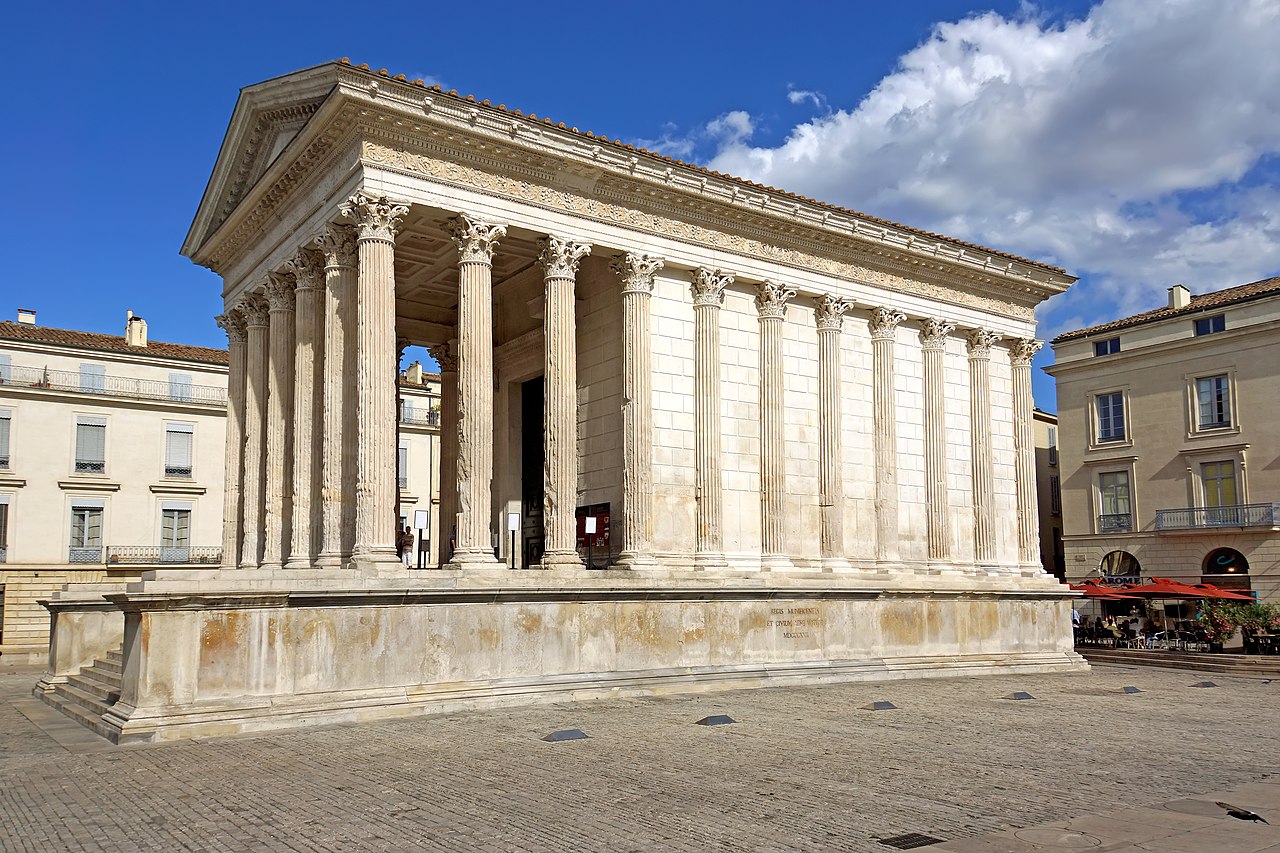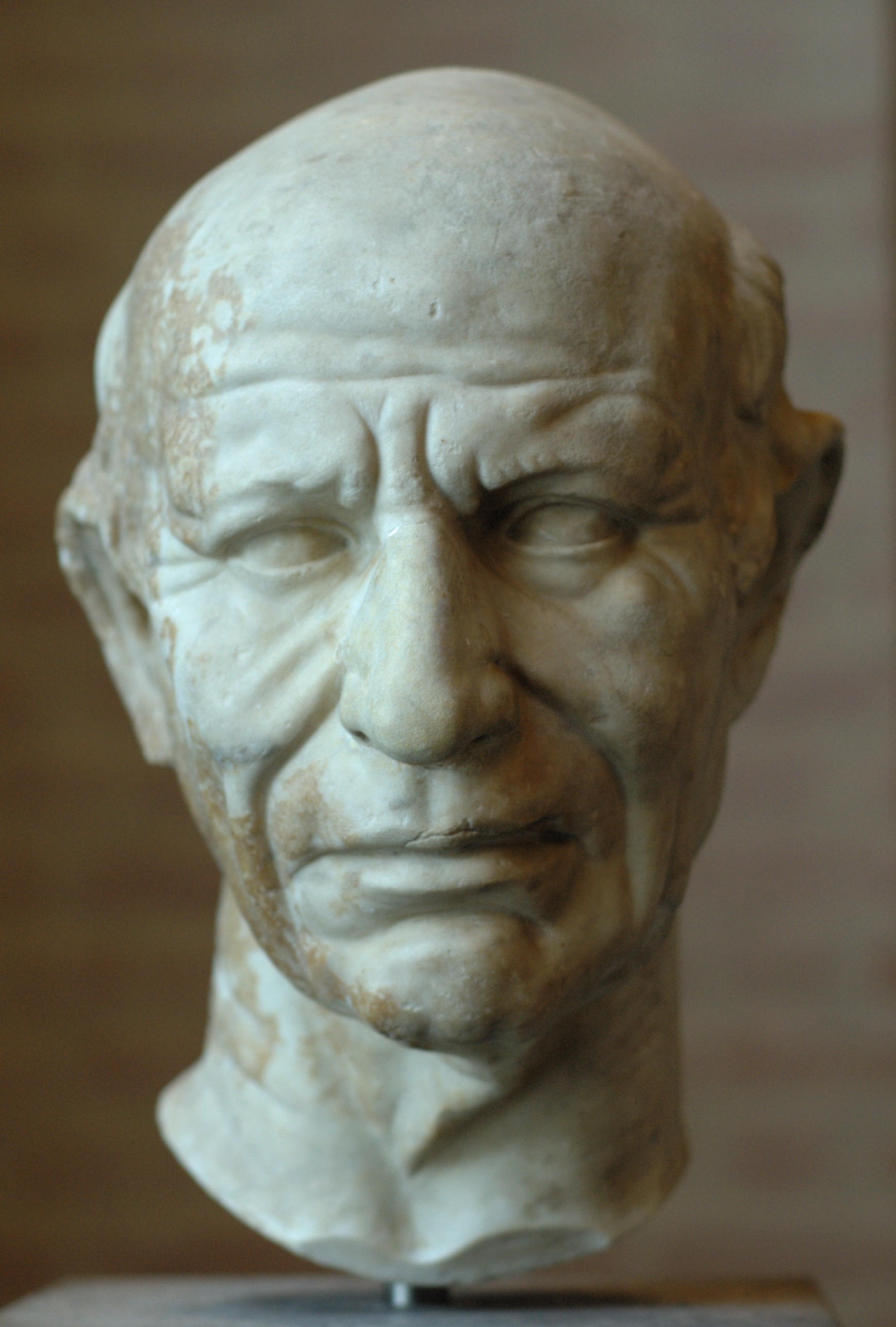24 Chapter 6.3: Roman Art: The Republic, Temples and Veristic Portraits
THE ROMAN REPUBLIC
When one thinks of the government of Rome, myriad emperors, some good and some horrific, likely springs to mind. Rome was not always under the command of an emperor, but rather a body of elected individuals known as the Senate. From the empire’s emergence until Augustus was made the first emperor Rome existed as a Republic for nearly 500 years. During this span of time, Rome continued to expand and flourish, conquering Greece and north Africa. In the realm of art and architecture the Republic drew from both Greek and Etruscan monuments, but also developed its own distinctive artistic tastes.


The Roman Republic TASK
Rome had a different form of government during the Republic, which lasted for centuries. During this time, Rome continued to conquer neighboring peoples and to expand the extent of its empire. After watching the videos, please answer the accompanying questions.
The Roman Republic in 2 Minutes
When did the Republic begin?
What was the highest position?
Which peoples did Rome conquer during this time?
What contributed to the demise of the Republic?
ROMAN TEMPLES
The remains of Roman temples stand proud in various cities in Europe, and especially in Rome. Like the Greeks and Etruscans, the Roman temple was conceived as house for a god or goddess and held a cult statue of them.
Roman temples gallery on Artstor for UNO Students
Please use this link to access the gallery of Roman temples and temple sculptures in Artstor. This link is accessible only to UNO students. For a refresher on using Artstor, see the UNO Libraries Libguide.

Roman Temple TASK
The videos in this section explore the layout, materials, and function of Roman temples. After watching the videos below, please respond to the accompanying questions.
Ancient Roman Temple Architecture: the Basics
Rome before the Empire, the Temple of Portunus – Smarthistory
Roman temples TASK prompts:
Which features were Greek and which were Etruscan?
Although this originally would have appeared to be of marble, what materials did the Romans use?
What does the term pseudoperipteral describe?
ROMAN VERISTIC PORTRAITS
During the Republic wealthy individual commissioned portraits of themselves. Members of the Patrician class (landholders) displayed members of their family in their homes – a mark of their lineage. This section will explore the distinct style of portraiture that was favored by wealthy patricians.
Roman portrait gallery on Artstor for UNO Students
Please use this link to access the gallery of Roman portraits in Artstor. This link is accessible only to UNO students. For a refresher on using Artstor, see the UNO Libraries Libguide.

Veristic Portrait TASK
This video analyzes the stylistic traits associated with the type of portraiture that was popular during the Republic. After watching the video, please respond to the accompanying questions.
Veristic Male Portrait
Veristic Portrait TASK prompt:
From what time period did the portrait in this video originate?
How do the attributes of the portrait conform to what was valued in society at that time?
What is the name for this category of portraiture and is the term valid?
When later emperors choose this style of portraiture what are they trying to equate themselves to?

